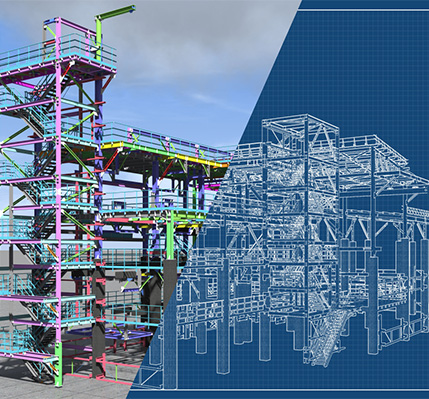Autonomous construction equipment refers to machinery and vehicles that can perform tasks without direct human control. These machines are equipped with advanced sensors, GPS technology, artificial intelligence, and machine learning algorithms that enable them to navigate job sites, make decisions, and execute tasks autonomously. From excavators and bulldozers to cranes and drones, various types of equipment are being developed or retrofitted with autonomous capabilities.
As the construction industry continues to evolve, embracing innovative technologies is key to driving progress and meeting the demands of a rapidly changing world. Among these transformative technologies, 3D printing stands out as a game-changer with the potential to revolutionize traditional construction practices. From speed and efficiency to regulatory hurdles and material constraints, join us as we unravel the promise and complexities of 3D printing in shaping the built environment of tomorrow.
Construction sites are dynamic environments where safety is paramount.With the advent of technology, construction industry professionals have access to innovative tools and solutions that significantly enhance safety measures.
From advanced monitoring systems to wearable devices, technology plays a crucial role in ensuring a safe working environment for everyone involved in construction projects.
Technology continues to revolutionise traditional practices. One such innovation is the integration of drones for site surveying and mapping. These unmanned aerial vehicles (UAVs) offer a plethora of benefits, but like any tool, they come with their own set of challenges.
Laser scanning and Building Information Modeling (BIM) have emerged as powerful tools for enhancing project efficiency. In this blog, we’ll explore how these technologies work together to revolutionize the construction industry.
In today’s competitive engineering landscape, maximising efficiency is crucial for project success. CAD outsourcing has emerged as a powerful strategy for engineering firms to streamline their processes, reduce costs, and enhance productivity.





